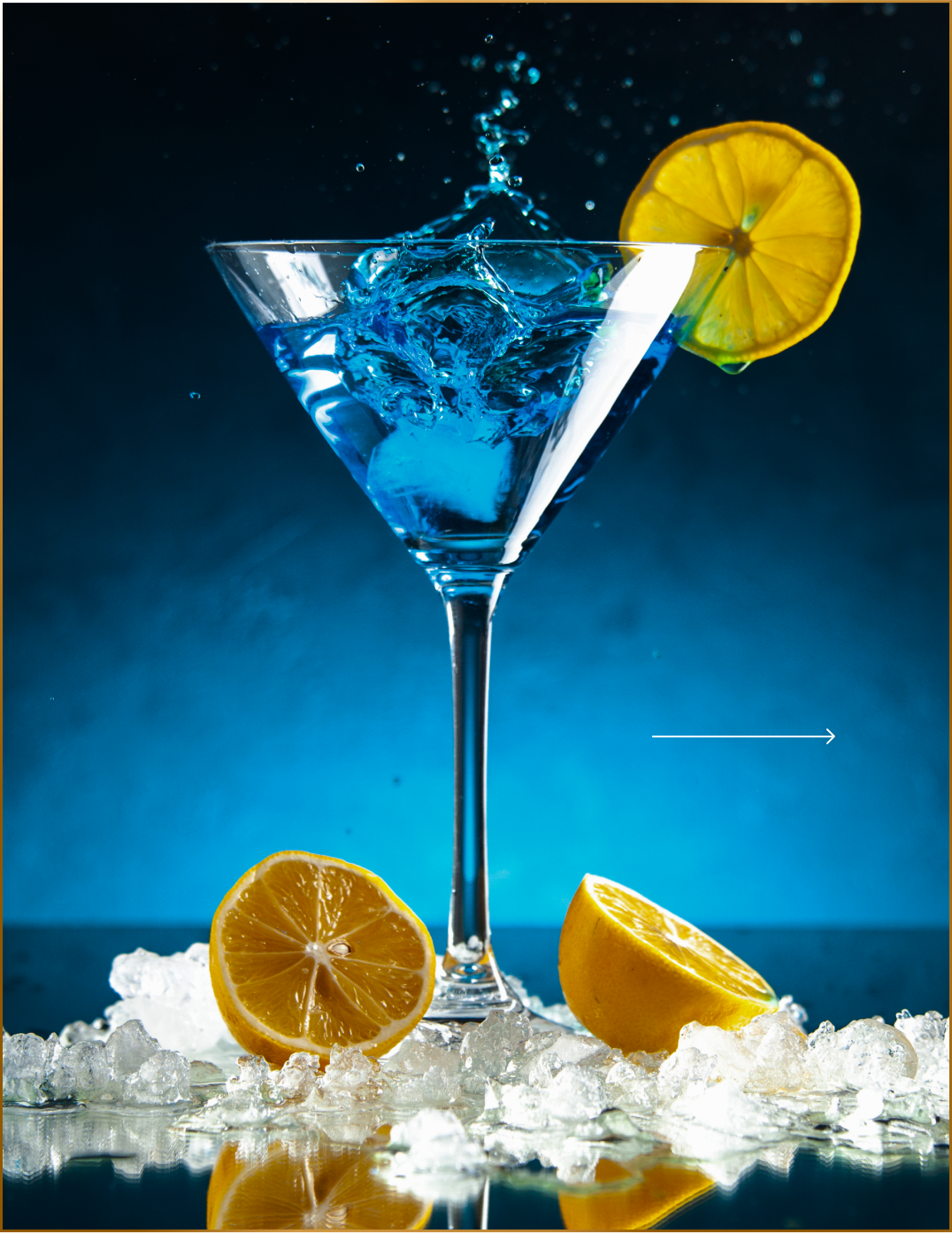Aging tequila in oak barrels is a crucial step in the production process that impacts both its flavor and quality. In this blog, we’ll explore the reasons behind this practice and how it enhances the overall experience of consuming Mexican tequila.
Understanding the Aging Process
Tequila is classified based on its aging period. The terms ‘blanco’, ‘reposado’, and ‘añejo’ signify different aging stages, affecting taste and texture.
Blanco, or ‘silver’ tequila, is bottled straight after distillation. It offers a fresh, vibrant taste that highlights the natural flavors of the agave. However, it lacks the complexity that aging can provide.
Reposado tequila, on the other hand, is aged for a minimum of two months but less than a year. This aging process allows it to absorb flavors from the wood, resulting in a smoother, richer profile that begins to hint at the characteristics of añejo.
Finally, añejo tequila is aged for at least one year, often in used whiskey barrels. This extended aging period contributes to a deep, layered flavor profile that can include notes of chocolate, dried fruits, and spices.
Understanding these classifications helps tequila enthusiasts appreciate the journey each spirit takes from agave field to glass.
Importance of Oak Barrels
Oak barrels impart distinct flavors and aromas. They also help in mellowing the alcohol, resulting in a smoother drink. Using oak is traditional, but it also offers benefits that enhance overall taste.
These barrels are often charred or toasted before aging tequila, allowing the wood to release flavors that interact with the tequila over time. This interaction creates a complex profile that would be impossible to achieve without this essential step.
Moreover, the porous nature of the oak allows some evaporation and oxidation. This process, often called the ‘angel’s share,’ concentrates the flavors and aromas within the barrel, making the final product richer.
Each type of oak can influence the profile differently, with American oak introducing sweetness and vanilla notes, while French oak may add spice and floral characteristics. Thus, the choice of barrel plays a crucial role in shaping the tequila’s identity.
Flavor Profiles Contributed by Aging
Aging in oak barrels adds notes of vanilla, caramel, and spices, which enhance the drinking experience and create a more complex profile. As the tequila interacts with the wood, it develops flavors that echo beyond its raw essence.
The layering of flavors is fascinating. A well-aged tequila might start with a sweet vanilla hit, mellow into rich caramel, and finish with complex notes of oak and dark chocolate, leaving a pleasant aftertaste.
Furthermore, the aging process allows for the integration of other flavors, like dried fruits or nuts, which can emerge subtly as the spirit matures. This intricate development is a key reason why enthusiasts often prefer aged tequila.
The Role of Time in Flavor Development
Longer aging periods typically lead to a more sophisticated flavor. The interaction between tequila and wood evolves, adding depth to the spirit. This relationship is not just about time; it’s about transformation.
As tequila ages, it absorbs compounds from the wood, leading to the formation of new flavors. For instance, while a reposado might have a gentle sweetness, añejo can unveil layers of complexity that make it truly remarkable.
Finally, the time spent in barrels also allows the spirit to refine its texture. Aged tequila can become smoother on the palate, offering a luxurious mouthfeel that makes each sip enjoyable. This is yet another reason why aging is fundamental for premium Mexican tequila.
Final Thoughts on Tequila Aging
In conclusion, the aging process of Mexican tequila in oak barrels not only develops its rich flavors but also adds to its character and complexity. Understanding this process allows tequila lovers to appreciate their favorite drink even more.







